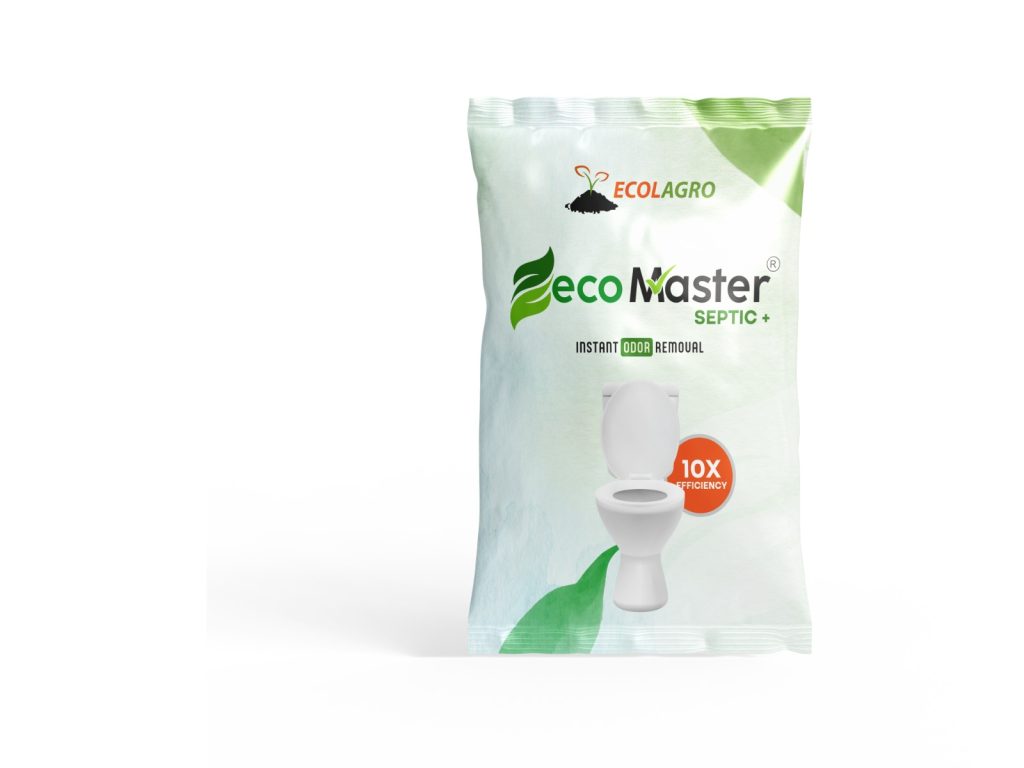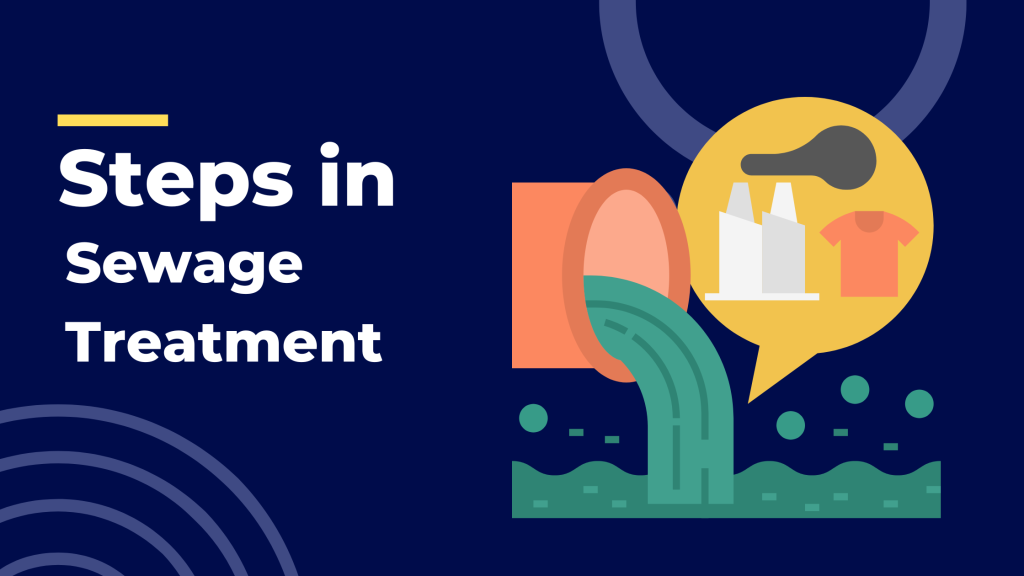Sewage treatment is essential for protecting our health, preserving the environment, and recycling water for future use. As urban areas grow, so does the need for efficient and sustainable sewage treatment systems. But have you ever wondered what actually happens to the wastewater once it leaves your home?
In this blog, we’ll break down the main steps in sewage treatment, from the moment it enters the treatment plant to the final discharge or reuse.
1. Preliminary Treatment – Removing the Big Stuff
The first stage is all about screening and removing large objects that could damage equipment or slow down the process. This includes:
-
Plastics
-
Rags
-
Sticks
-
Sanitary products
-
Stones or grit
Screening and grit removal units are used in this step to filter out solids.

2. Primary Treatment – Settling the Solids
Next, the sewage flows into a primary sedimentation tank, where it sits still for several hours. During this time:
-
Heavier solids sink to the bottom (called sludge)
-
Lighter materials like oil and grease float to the top and are skimmed off
This step removes about 60% of suspended solids from the water.
3. Secondary Treatment – Biological Breakdown
Now comes the heart of the process. In this step, microorganisms are used to break down organic matter in the wastewater.
There are different systems used, including:
-
Activated Sludge Process – Air is pumped in to help bacteria break down waste
-
Trickling Filters – Wastewater flows over rocks or plastic media covered with bacteria
-
Lagoons – Large open ponds that use natural bacteria and sunlight
By the end of this stage, up to 90% of organic pollutants are removed.
4. Tertiary Treatment – Polishing the Water
This is the advanced treatment step, used when the treated water needs to be very clean, especially for reuse or discharge into sensitive environments.
Processes may include:
-
Filtration (sand, membrane, or carbon)
-
Nutrient removal (like nitrogen and phosphorus)
-
Disinfection using chlorine, ozone, or UV light to kill pathogens
5. Sludge Treatment – Managing the Leftovers
All the solids collected during treatment (called sludge) are also processed.
Sludge treatment includes:
-
Thickening – Reducing water content
-
Digestion – Using bacteria to break down organic material (can produce biogas!)
-
Dewatering – Further drying using machines like centrifuges
-
Disposal or reuse – Sludge can be used as fertilizer, incinerated, or landfilled
6. Final Disposal or Reuse
Once treated, the water is either:
-
Discharged into rivers, lakes, or the ocean
-
Used for irrigation, landscaping, or industrial cooling
-
Recycled into non-potable or even potable water in advanced systems
Why It Matters
Proper sewage treatment:
-
Protects public health
-
Reduces pollution
-
Conserves freshwater resources
-
Supports sustainable development
Sewage treatment is a complex but fascinating process that plays a vital role in modern life. From removing large debris to using bacteria to clean water, each step is carefully designed to ensure that what we flush away doesn’t come back to harm us or the planet. The next time you turn on the tap or flush the toilet, take a moment to appreciate the science and systems working silently behind the scenes.
Septic+: Innovative Approach For Sewage Treatment
Our innovative Septic+ system revolutionizes sewage treatment by combining advanced biofiltration with smart-flow technology, ensuring faster breakdown of organic waste and significantly reducing maintenance needs. By harnessing a specialized consortium of aerobic and anaerobic microorganisms, Septic+ not only accelerates the purification process but also minimizes odor and sludge buildup, delivering cleaner effluent that meets stringent environmental standards.


